Time moves in a constant pace, everything else changes along the endless tunnel of it, some do so faster than the others. When it comes to cities across the globe some places are changing very rapidly where transformation is carried out not in a matter of decades but years, even months. But others seem to move much in a much slower rate, leaving vestiges of the past to be seen, learned and admired today.
The city of Hong Kong undoubtedly falls into the first category where its skyline is one of the most rapidly changing on Earth. It has always been known as a place where East meets West, colliding to create an equilibrium on which it grows and prosper. Even so, the equilibrium itself constantly swings from one side to the other, leaving the modern city dwellers life dynamics to conquer.
Yet in the far west corner of the megacity a small village seems to be left behind and remain in its past. Behind the mountains and hills of Lantau Island rests the small fishing village of Tai O, sitting on the estuary of a small river that forks out to the north and south of the village and flows down to the South China Sea.
Founded more than 300 years ago by Tanka people – boat people who lived in traditional junks along the southern China coasts – Tai O is still very much a fishing village today. Despite still retaining their marine-dependent lifestyle as they have always been doing for centuries, people now live in stilt houses instead of junks. Not only the reflections of the small houses on the water, but the small boats berthed to the slender stilts also create an atmospheric ambiance to the village, drawing tourists to this remote part of Hong Kong.
Local people’s dependence on the sea is apparent as soon as one enters the village. Dried seafood in plastic baskets and hung pufferfish souvenirs dot stalls along the village’s main alleyways, luring visitors to spend their cash, a vital source of income for the locals. Walk further away from the village’s center towards a pathway leading up to a hill, a small temple emerges at the final bend of the small river before it empties out into the ocean.
From the hill, Tai O looks serene and picturesque where a small lake reflects the afternoon sun and the mountains around the village. At the opposite site of the hill across the river sits the old police station which has been turned into an elegant boutique hotel equipped with an outdoor glass elevator. Tai O might be one of the least developed areas in one of the most developed cities on the planet, but signs of change are apparent, albeit slowly, as the new hotel indicates the thriving tourism industry.
Walking down the pathway from the hotel back to the village, the pungent smell of shrimp paste is hard to ignore, while not far from it dozens of salted duck eggs are drying out under the sun. Yet, on the other side of the same island the world’s smallest ‘happiest place on Earth’ amuses a much larger number of visitors in state-of-the-art facilities. Mickey Mouse and friends are not the only big tenant on the island. To the north Hong Kong International Airport at Chek Lap Kok serves as a major gateway for people traveling to and from the territory. The mountains, it seems, provide the only protection for Tai O from the rapid change elsewhere on the island.
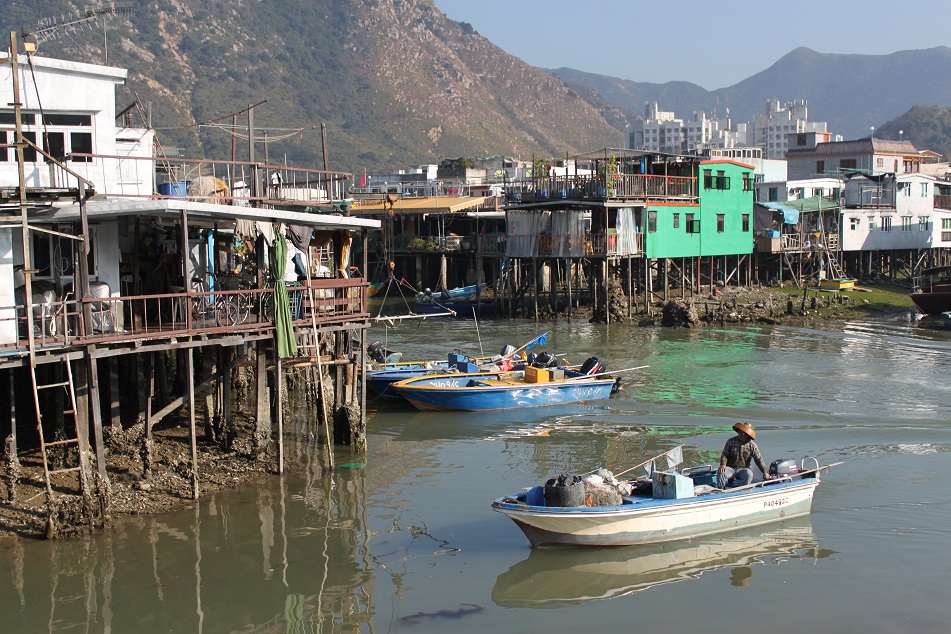
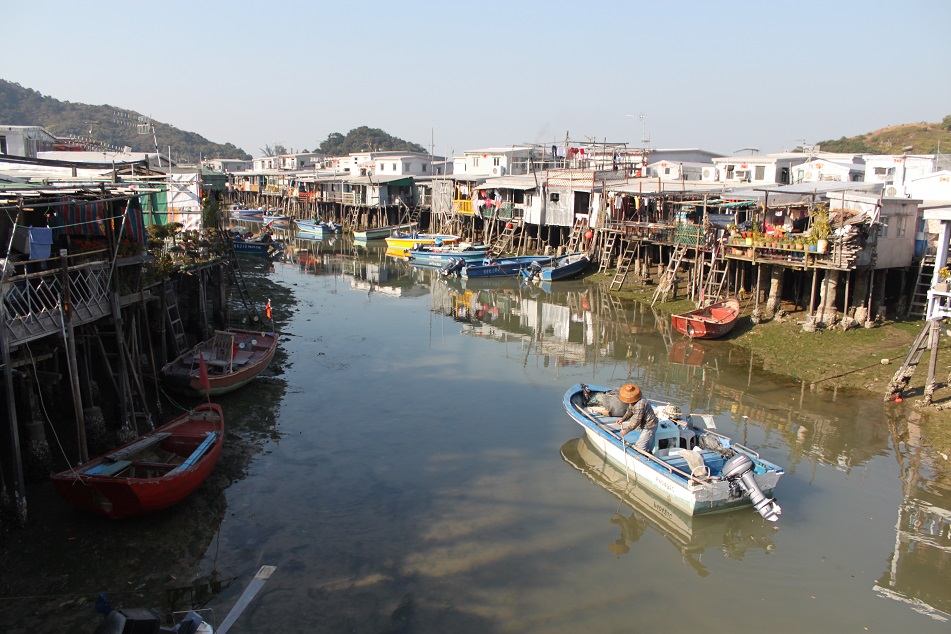
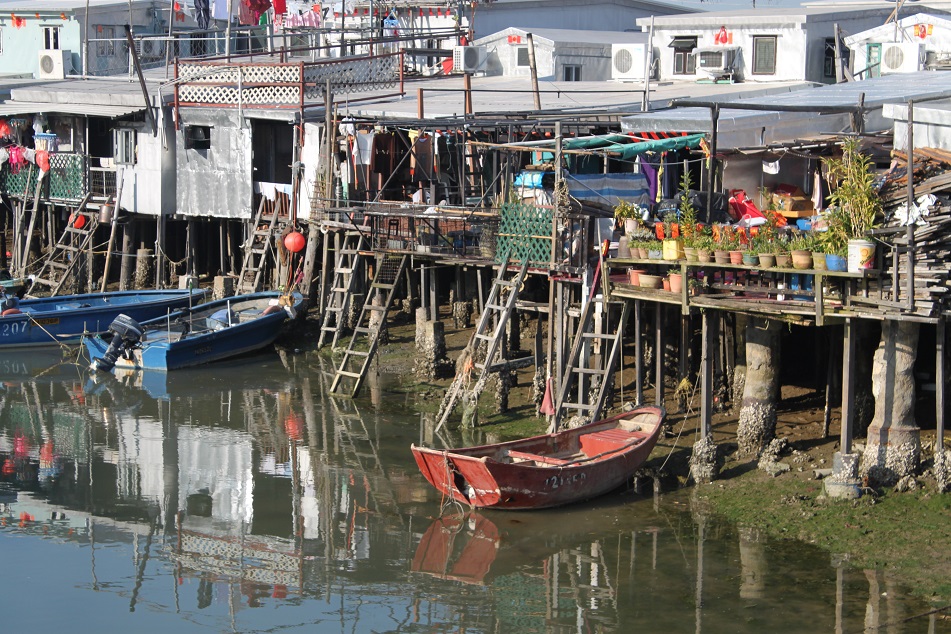
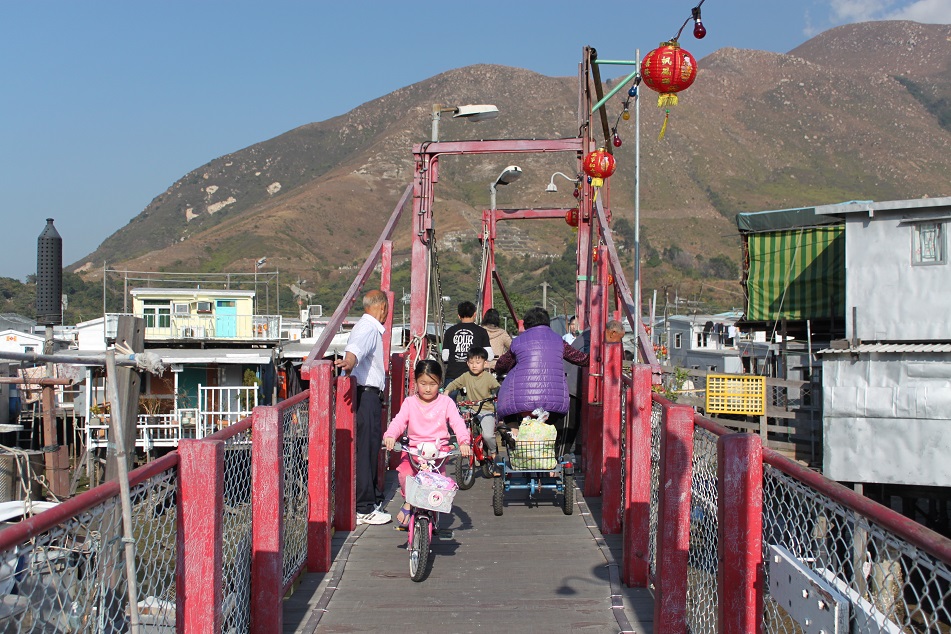
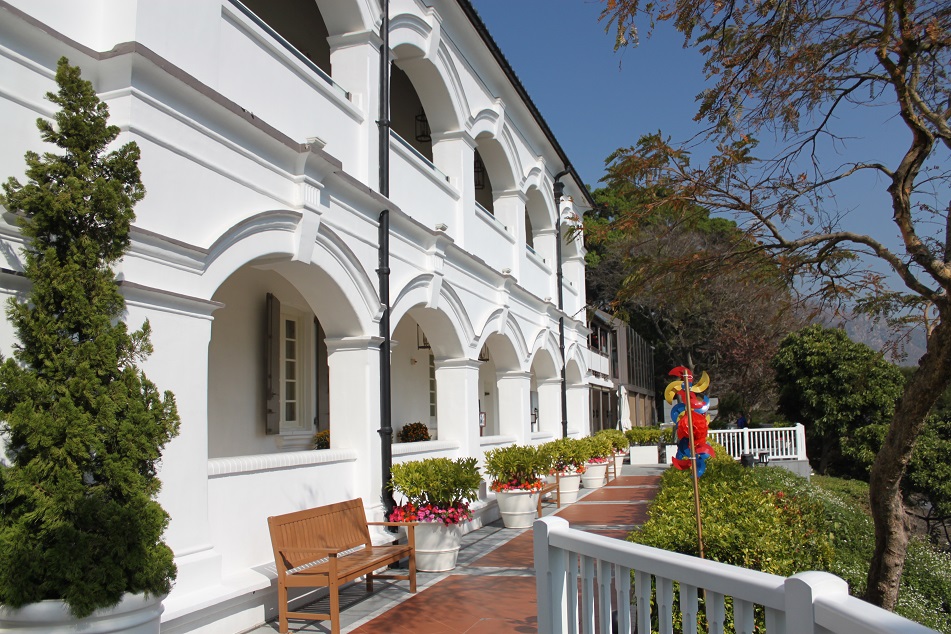
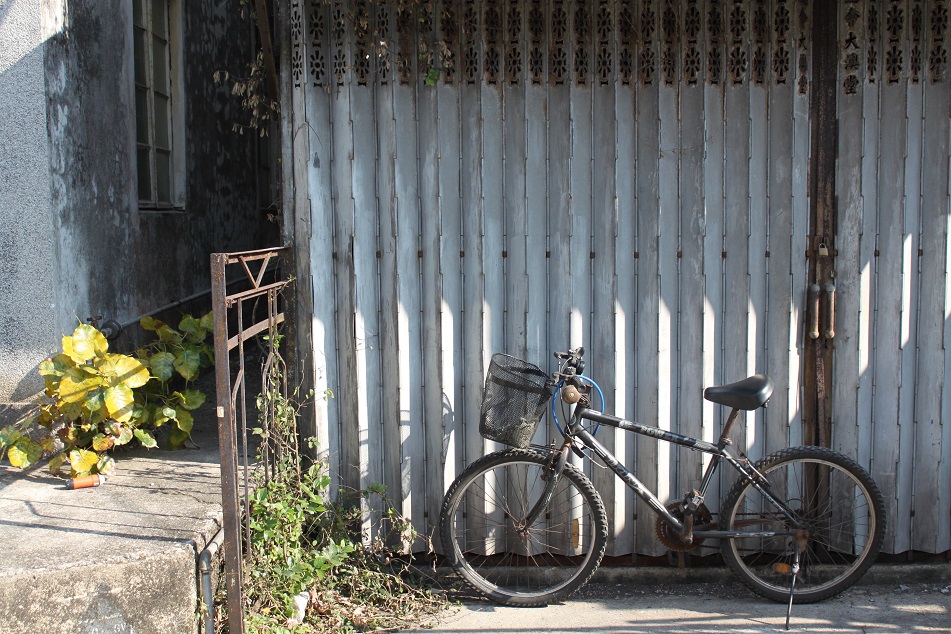
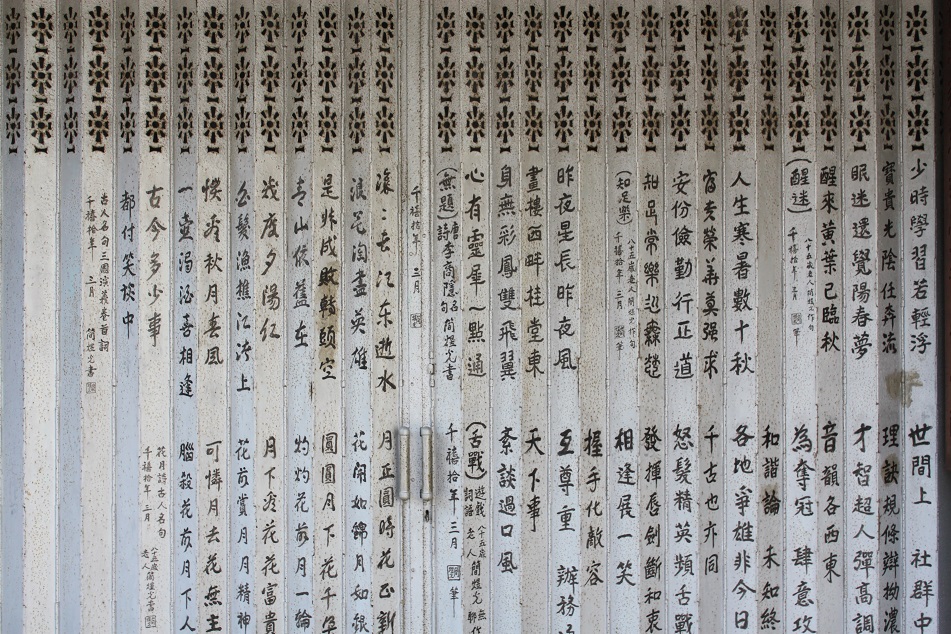
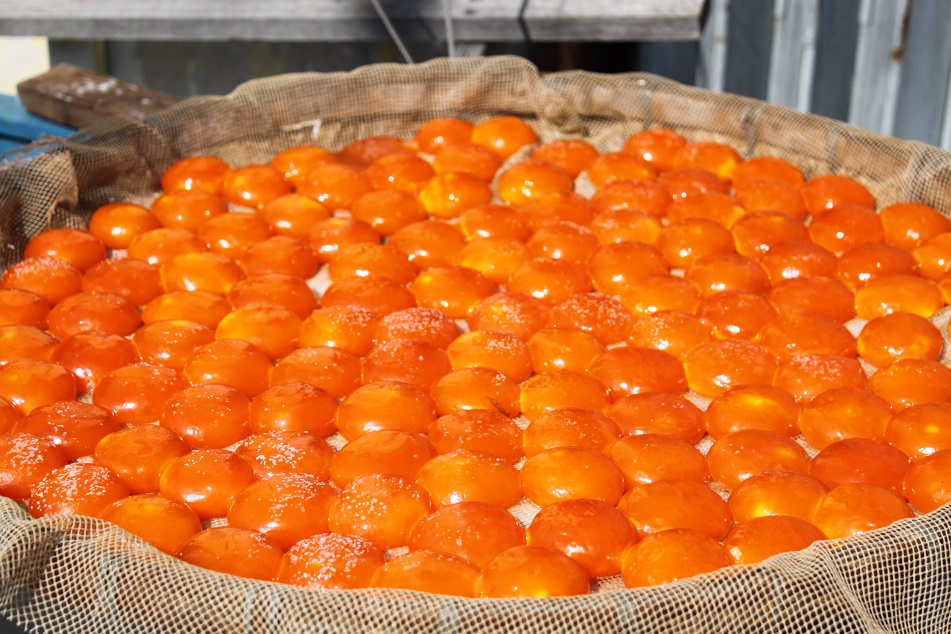

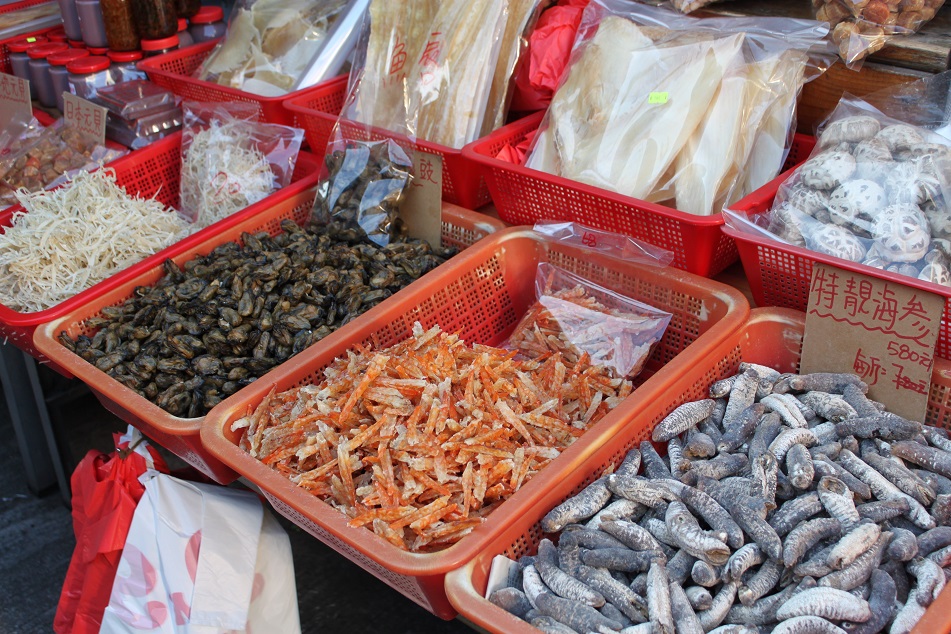
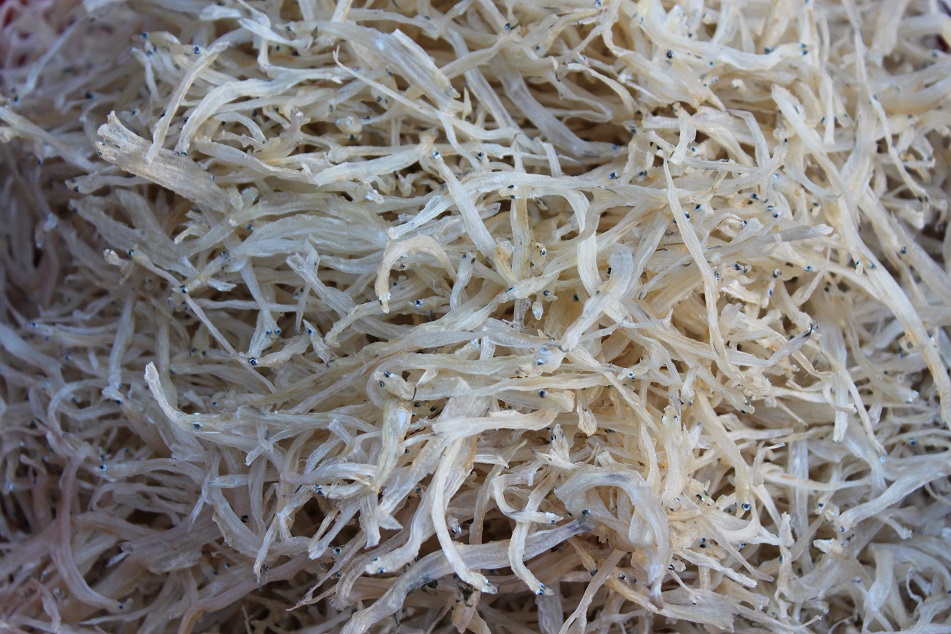
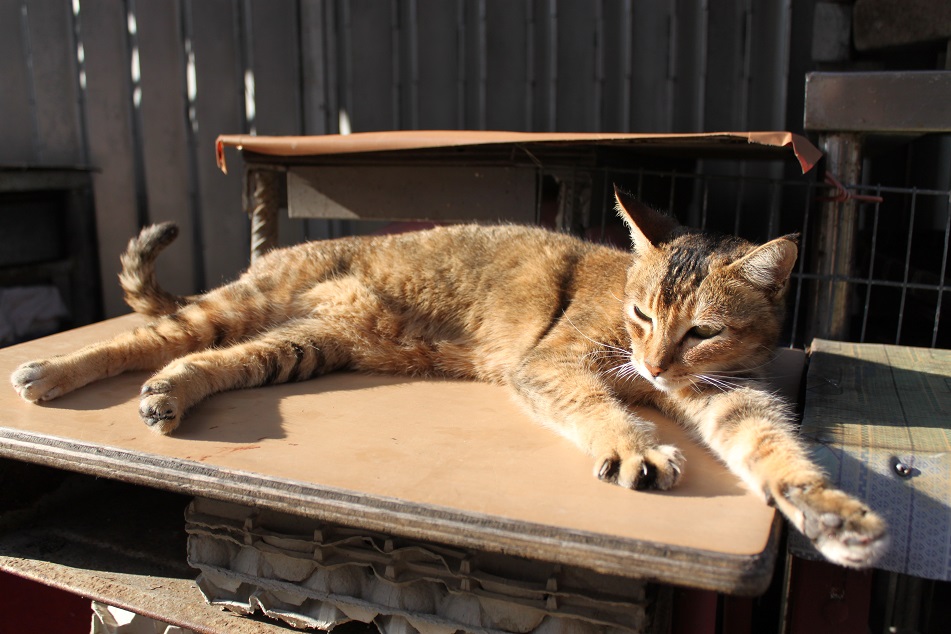
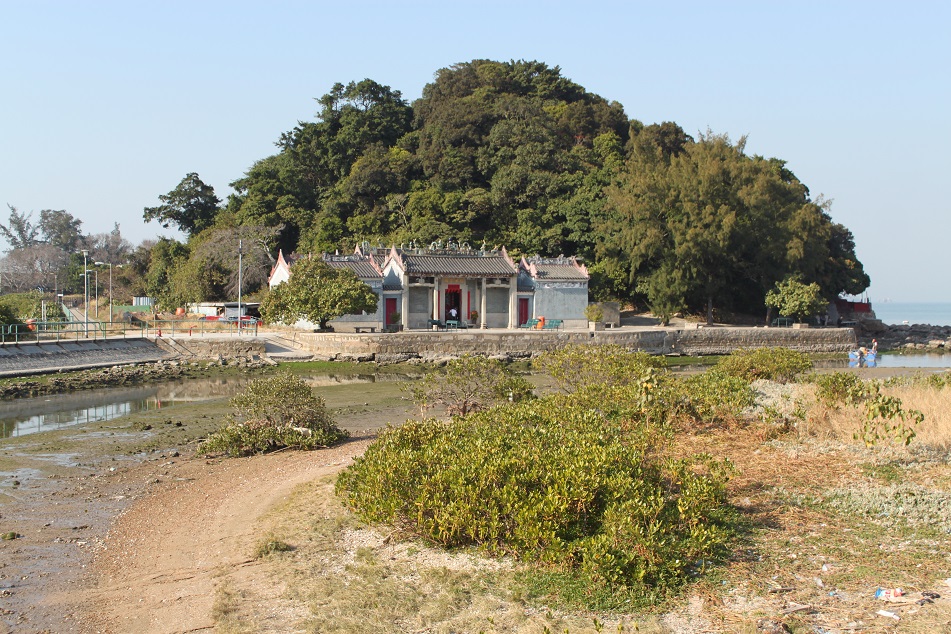

Well written story. Amazing informative and great pics. One of the cities which are in my visit list .
LikeLike
Thank you, Annika. Hong Kong is one of those big cities which, despite their constant bustle, remain interesting to visit.
LikeLike
Very well written and beautiful photos again!
LikeLike
Thank you for such an encouraging comment, Adrienn!
LikeLike
Really good text 🙂 loved the shots you made, all the details you payed attention to! 🙂
LikeLike
Thank you for your kind words. I just happen to pay attention to details, especially architectural and cultural, everywhere I go. Well, most of the time. 🙂
LikeLike
That is a great characteristic for a traveler 🙂 you’re welcome!
LikeLike
Reading this brings back some fond memories, Bama! You took some classic shots of everyday life – I especially love the ones of the sliding metal gates and the egg yolks. 🙂 It’s a good thing we didn’t go to Tai O on a weekend… it gets jam-packed and the lines for the buses often snake all the way back into the village.
LikeLike
Tai O was such an atmospheric village, and to get there was quite a journey in itself. I’m really glad you planned it out quite well, James, because I can’t imagine how long we would have to wait for the bus if we chose to go on a weekend instead. Thank you for that! 🙂 The next time we go to Tai O maybe we should see the pink dolphins, not by taking a walla-walla of course.
LikeLike
With your photos, I felt as if I was visiting the village myself. Thanks, Diane
LikeLike
Thanks, Diane. The weather was really nice the day I went. So I guess that helped me with the photos.
LikeLike
You unraveled pieces of Hong Kong that does not surface in many people’s minds! Nice pictures, as always.
LikeLike
I’m glad to have a best friend who lives there, so I could see many sides of HK which were off the radar of most tourists. Thanks, Robin.
LikeLike
Reblogged this on fleurrisse and commented:
Very admiring by the article, even though I am a Chinese, but i haven’t been there, well, i haven’t been to many places in China, yeh, just as the author tolded, in most people’s eyes, Hong kong is a city very morden, a place where East meets West, but here, you will find a different Hong Kong.
LikeLike
It’s beautiful and the text and images 🙂
LikeLike
Thank you! I’m glad the weather befriended me when I was there. 🙂
LikeLike
Nggak nyangka di Hongkong masih ada tempat kayak gitu. Jadi berasa ada di film2 Mandarin dengan setting pedesaan 😀
I love the last picture ❤
LikeLike
Hong Kong punya banyak tempat yang gak keliatan HK kok: kampung, pantai pasir putih, hutan, dll. Mungkin film-film itu dulu shootingnya di salah satu tempat yang ada di HK. 🙂
Thank you, Teguh!
LikeLike
Thank you for the wonderful photos. Used to live in Hong Kong as a child so these were really interesting to see. 🙂
LikeLike
And thank you for your very kind words! HK is one of the fastest-changing places on Earth. I wonder how much it has changed since you left.
LikeLike
I was there in 2007. Nice to relive some moments through your pictures!
LikeLike
Good to know that 7 years later much of Tai O still looks the same. I’m glad the photos bring back some fond memories to you.
LikeLike
An interesting read, giving you an insight into somewhere you would never have heard or seen anything about. A place I probably will never get to, but through your words and pictures I feel it’s a place I know something about now. Well done Bama, I look forward to reading more of your accounts 🙂
LikeLike
Thank you, Carly. Never say never, you might one day see yourself exploring the narrow alleys of Tai O. 🙂 I’m glad this short story helps you understand more about this relatively less-known corner of the ever bustling territory, that is Hong Kong.
LikeLike
Bama I can hardly believe this is near Hong Kong. I appreciate having a glimpse of another side. I found it interesting that so much of the food was ‘dried’. Those pufferfish decorations are quite the souvenir. I’ve never seen anything like that.
LikeLike
Hong Kong has so many places beyond its usual touristy spots, and more often that not they are the ones which leave deep impressions to us. 🙂 The food was dried to preserve it, so in the times when the fishermen cannot go to the sea, during typhoon season for example, they still have something to eat. About the pufferfish it’s funny because I saw the dried ones in HK early this year, and I saw the live ones when I was snorkeling near Flores, Indonesia.
LikeLike
Thank you for the information Bama. That totally makes sense about everything being dried. That is very funny about the pufferfish. Definitely those in Indonesia had a much better deal of fate.
LikeLike
Hi Bama,
Wow, I would never guess from the photos that this place is part of Hong Kong. What a world a way from the bustle and glitz of the city. It reminds me more of fishing villages in Cambodia. It truly is so refreshing though to see this village withstand rapid development. Thanks again for showing a piece of HK that not everyone gets to see. The stuffed puffer fish is indeed an interesting souvenir.
LikeLike
Hi Marisol,
With those stilt houses and waterways, one would expect it was somewhere in Southeast Asia. But the fact that it’s actually a part of a territory best known for its endless skyscrapers makes Tai O very fascinating. My pleasure, Marisol, and thanks for reading.
LikeLike
Another place we almost went to, but cancelled last minute. Your featured image looks like it could be from one of the villages on the Tonle Sap in Cambodia! Thanks for a beautiful photo essay Bama.
LikeLike
You really should go back to Hong Kong, Madhu. 🙂 Tai O’s stilt houses were a nice break from HK’s modern skyscrapers. It’s nice to see that in a city dictated by money, cultural preservation still finds its way in some people’s minds. Thank you for your lovely comment, Madhu.
LikeLike
Hello, I just love your post about Tai O and Hong Kong and the problem of change you are speaking about. Here in Switzerland, many people are very worried about these great changes due to traffic increase and new buildings with no end. I’ve been in Hong Kong and I also travelled in China and I really hope, we human beings won’t completely forget about nature. Many thanks.
LikeLike
Thank you, Martina. One of the biggest challenges our planet face is population growth, or population boom in some parts of the world. Despite the changes you mentioned, Switzerland remains one of the most fortunate countries. But in many parts of Asia and Africa, this population boom puts so much pressure to the environment. It has been changing natural landscape and people’s way of life over the years. So having Tai O is essential for cities like HK for people can learn how life is like when things don’t change as fast as they’re used to.
LikeLike
Fortunately, we have mountains on which you can’t build megacities! It’s interesting for me to see that this changes of the environment seems to be a worldwide problem and I, personally, think that less would be more in many situations. Many thanks , Bama, for your answer.
LikeLike
Less would be more, I couldn’t agree more on that, Martina. I haven’t made it to Switzerland yet, but I’d really love to. Thanks again for your thoughtful comment.
LikeLike
🙂
LikeLike
Bama, this is brilliant. One of my goals is to spend a night (or two) at the old police station hotel… Tai O is one of the many great pieces of history still thriving in HK (and as you say, a world away from Central/Kowloon). This write-up I will be visiting again & again, and will one day walk along these very avenues you paint so well 🙂 Cheers!
LikeLike
Thank you, Randall. It’s a great idea to spend a night or two, as you said, at the hotel as you can truly feel the ambiance of the fishing village most day-trippers miss. Try to go there not during peak season for a better experience, and please write about it. I believe we are all curious how Tai O and the hotel are like at night. 🙂
LikeLike
Will do, it is exciting to read your post about Tai O, tempted to head back to HK earlier than October 🙂
LikeLike
Beautiful shots & words. (:
♥ | http://www.connect-the-cloths.com | xoxo
http://blogspotter.co/connect-the-cloths/
LikeLike
Thank you!
LikeLike
We are off to Hong Kong in a few weeks, Tai O is on my list to visit! So pleased I came across your blog, love the shots!
LikeLike
Hope you have a very good time in HK, and especially in Tai O! If you have enough time, take the long and scenic bus ride to and from the village. Thanks for your kind words! 🙂
LikeLiked by 1 person
went here last month! such a great review! 🙂
LikeLike
Did you enjoy your visit?
Thanks for reading. 🙂
LikeLike
Yes! But it was too hot :))) Np
LikeLike
Pingback: A Tale of Three Cities: Hong Kong | What an Amazing World!